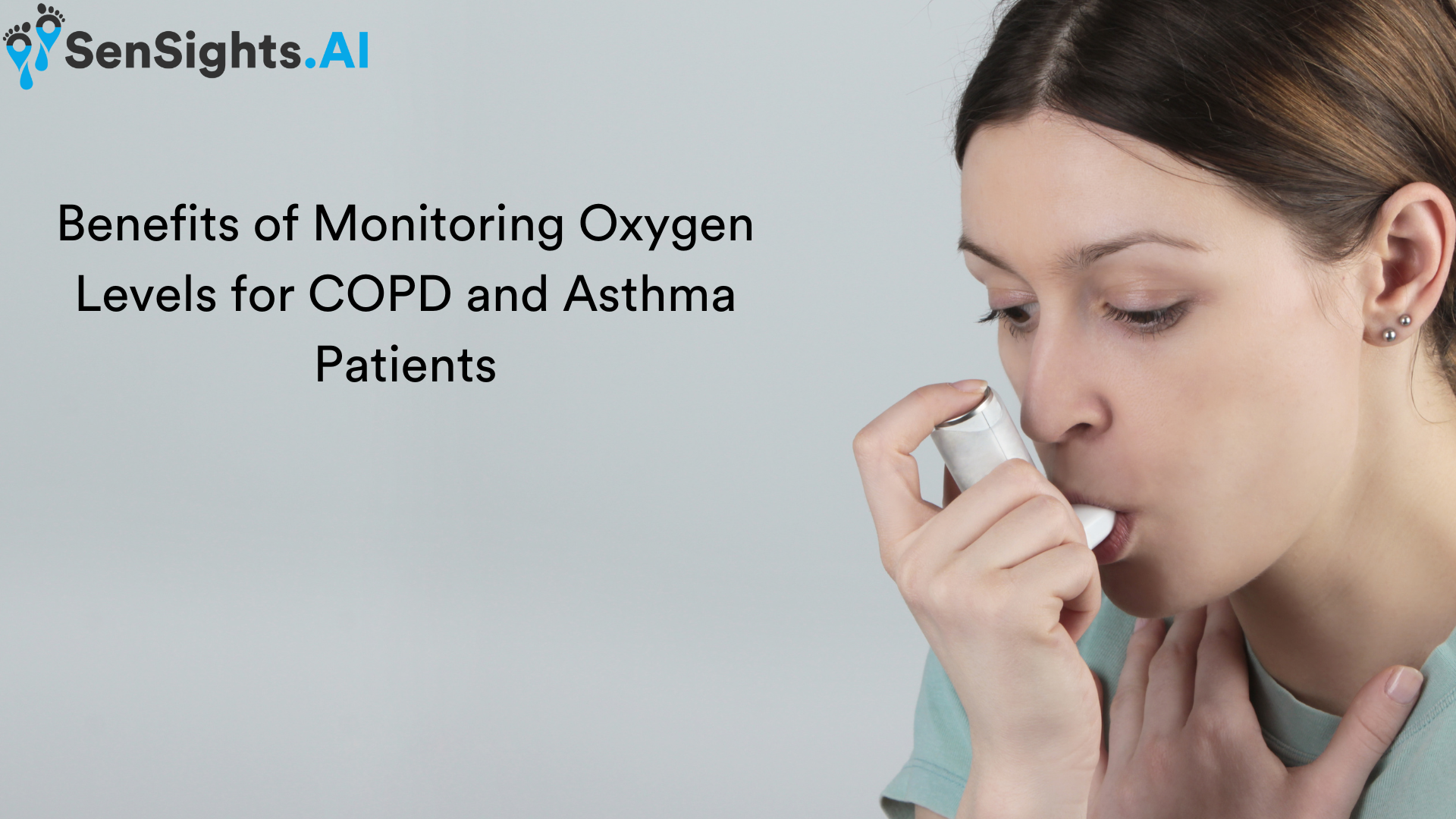Oxygen is essential for life. It is transported by the blood from the lungs to the cells of the body, where it performs a variety of tasks. Some people, however, may have disorders that interfere with their capacity to breathe and absorb enough oxygen into their blood. Chronic obstructive pulmonary disease (COPD) and asthma are two examples.
COPD refers to a group of lung illnesses that produce airflow restriction and make breathing difficult. Asthma is a chronic inflammatory disease that causes the airways to constrict and create an excessive amount of mucus. Coughing, wheezing, shortness of breath, chest tightness, and exhaustion are all signs of COPD and asthma.
One technique to evaluate how well a person is breathing and receiving oxygen into their blood is by using a gadget called a pulse oximeter. A pulse oximeter is a tiny gadget that clips onto a finger and measures the quantity of oxygen in the blood using light. It shows an oxygen saturation level (SpO2), which is the percentage of haemoglobin (the protein that transports oxygen) that is saturated with oxygen.
Normal SpO2 values range from 95% to 100%. Because of their lung problems, people with COPD or asthma may have reduced SpO2 values. When SpO2 levels fall below 89%, it may suggest hypoxia (low oxygen in the tissues) or hypoxemia (low oxygen in the circulation), both of which can harm essential organs including the heart and brain.
For those with COPD or asthma, monitoring oxygen levels at home can be advantageous for various reasons:
If their doctor has recommended supplemental oxygen, it might assist them alter their oxygen therapy. The use of an oxygen concentrator or tank to give extra oxygen through a nasal cannula or mask is known as supplemental oxygen treatment. Understanding their SpO2 levels can assist patients estimate when and how much oxygen they require.
It can aid in the monitoring of their status and the detection of any changes or worsening of symptoms. For example, if they observe a decline in their SpO2 levels when exercising, flying, travelling to high altitudes, or if they have an infection, they can seek medical assistance immediately.
It might give them comfort and peace of mind while they deal with their chronic pulmonary conditions. Understanding their SpO2 values might boost their confidence in managing their health and preventing complications.
However, there are significant limits and hazards of monitoring oxygen levels at home:
It should not be used in place of regular doctor visits or adhering to their treatment plan. A pulse oximeter only measures one element of lung function and does not provide an accurate picture of a person’s breathing. Additional factors that influence respiratory health include lung capacity, airflow blockage, inflammation, mucus production, carbon dioxide levels, heart rate, blood pressure, and so on.
It should not be used without a prescription or the supervision of a doctor. Taking supplemental oxygen without proper medical supervision is risky because it can cause oxygen toxicity (too much oxygen) or worsen underlying illnesses like heart failure or sleep apnea.
Wearing nail polish or artificial nails; having poor circulation; having chilly hands; smoking; holding the finger above heart level; having low haemoglobin levels; having skin pigmentation; and so on may cause it to be inaccurate.
Those with COPD or asthma who want to monitor their oxygen levels at home should first discuss with their doctor about whether they need it, how often they should do it, what SpO2 level they should strive for, and what actions they should take if any changes occur.
Monitoring oxygen levels at home can be a helpful tool for persons suffering from COPD or asthma who want to enhance their quality of life and avoid issues caused by low oxygen levels. To ensure safety and effectiveness, it should be done with caution and under medical supervision.
SenSights is a Remote Patient Monitoring service that assists you in managing chronic conditions such as dementia, Alzheimer’s disease, high blood pressure, falls, COPD, long COVID, and others. This is accomplished through the use of Wellness Monitoring, Deviceless Fall Detection, and user-friendliness for both patients and carers. It works by supplementing and extending the care provided by healthcare providers during in-person visits.

